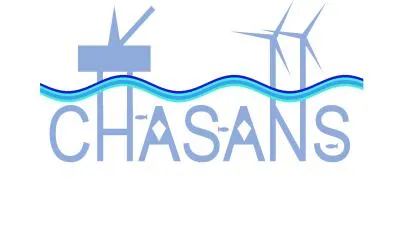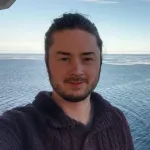The aim of the CHASANS project is to enhance our understanding of the connectivity of populations of marine fauna colonising artificial substrates across the North Sea. One of the outputs of the research is a tool which will predict how the distribution of epifauna is affected when specific artificial platforms are removed or added into the network. Such information will help to provide environmental evidence to decision makers regarding whether artificial platforms should be removed or remain in place, as well as allowing projection of connectivity based on future climate-driven scenarios.
NOC people
CHASANS


